The 2/21: Winners, Losers and Takeaways from the 2021 Australian Open
By Feb 23, 2021Roger Federer to headline “Battle of the World No.1s” at Australian Open’s inaugural Opening Ceremony
By Dec 11, 2025Reaction to Roger Federer's Hall of Fame induction: "You're the most important sportsman of all time"
By Nov 20, 2025Roger Federer is headed to the International Tennis Hall of Fame: 26 stats for his 2026 induction
By Nov 19, 2025Mary Carillo joins Roger Federer with election into International Tennis Hall of Fame
By Nov 19, 2025Jannik Sinner has now reached the final at all four Grand Slams and the ATP Finals this year
By Nov 15, 2025Carlos Alcaraz, Jannik Sinner take their rivalry—and star power—on the road for 2026 “Super Match”
By Oct 24, 2025Roger Federer thrills tennis world with Shanghai Masters Celebrity doubles return
By Oct 10, 2025Roger Federer kicks off court speed debate: are fast courts going extinct?
By Oct 09, 2025Roger Federer, Juan Martin del Potro lead 2026 nominees for the International Tennis Hall of Fame
By Oct 01, 2025The 2/21: Winners, Losers and Takeaways from the 2021 Australian Open
Thumbs Up: Jen Brady, Roger Federer and more; Thumbs Down: line judges and rankings.
Published Feb 23, 2021
Advertising
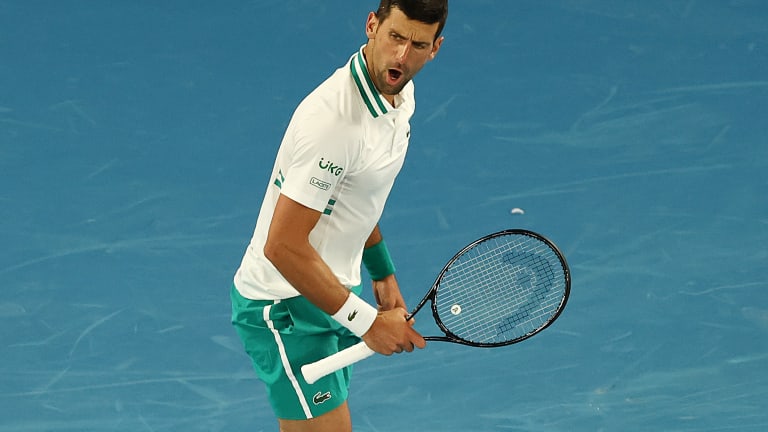
The 2/21: Winners, Losers and Takeaways from the 2021 Australian Open
© Getty Images
Advertising
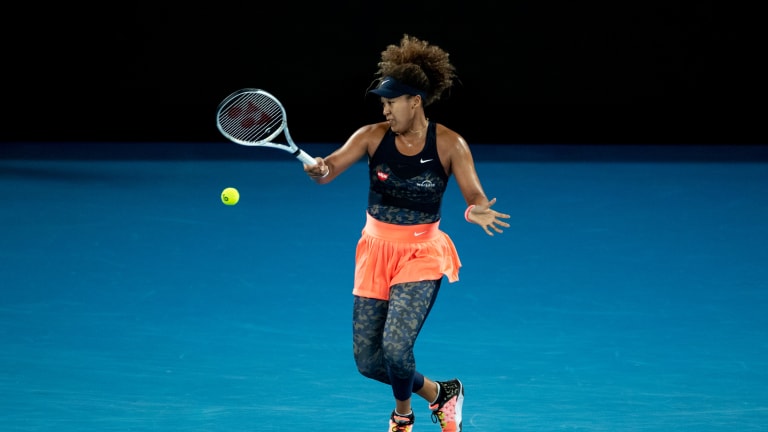
The 2/21: Winners, Losers and Takeaways from the 2021 Australian Open
© Getty Images
Advertising
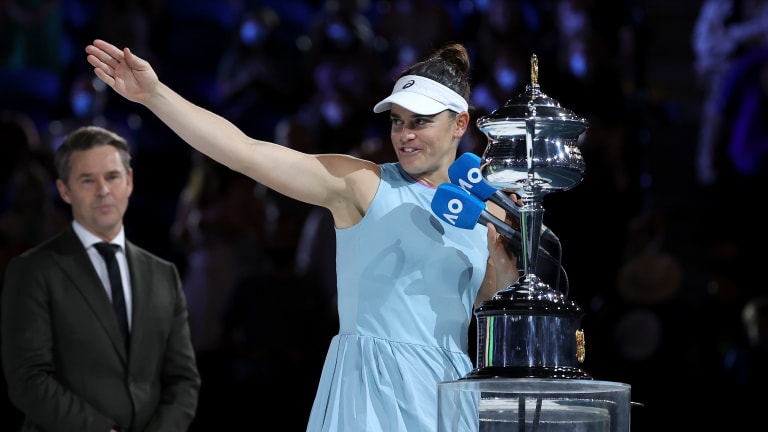
The 2/21: Winners, Losers and Takeaways from the 2021 Australian Open
© AFP via Getty Images
Advertising

The 2/21: Winners, Losers and Takeaways from the 2021 Australian Open
© AFP via Getty Images
Advertising
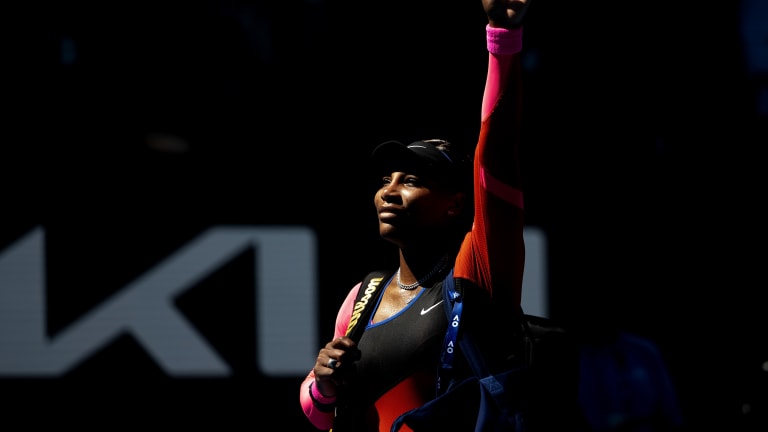
The 2/21: Winners, Losers and Takeaways from the 2021 Australian Open
© Getty Images
Advertising
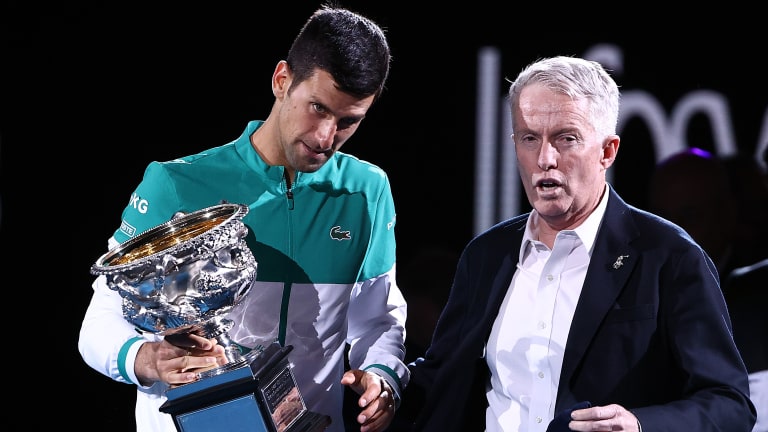
The 2/21: Winners, Losers and Takeaways from the 2021 Australian Open
© Getty Images
Advertising
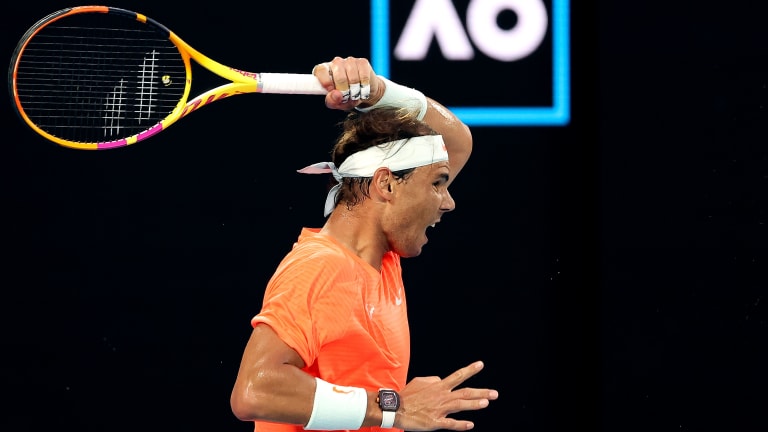
The 2/21: Winners, Losers and Takeaways from the 2021 Australian Open
© AFP via Getty Images
Advertising
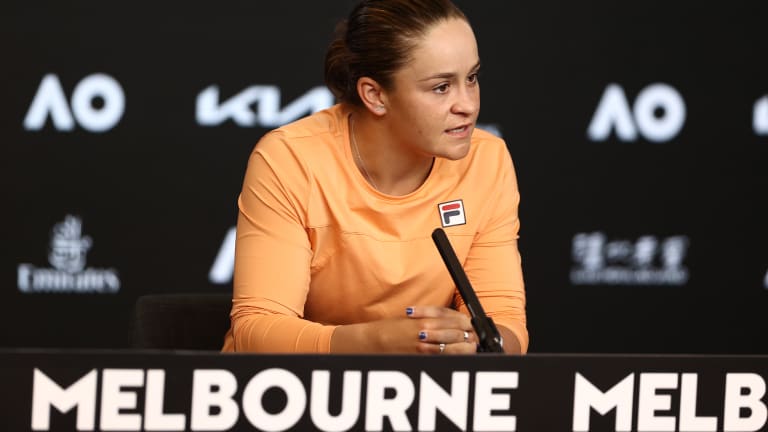
The 2/21: Winners, Losers and Takeaways from the 2021 Australian Open
© Getty Images
Advertising
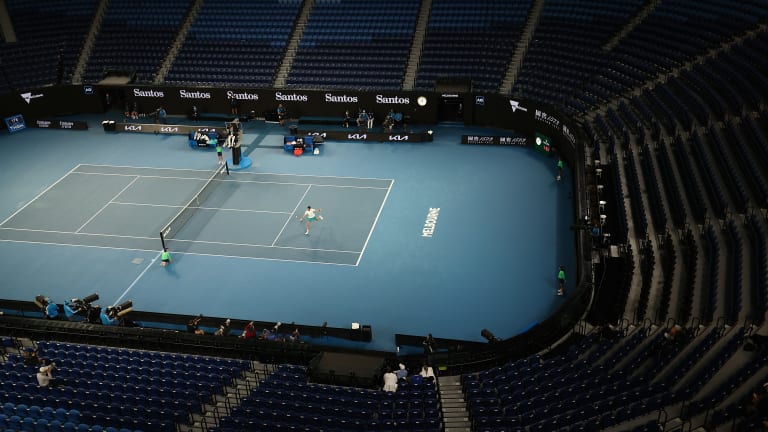
The 2/21: Winners, Losers and Takeaways from the 2021 Australian Open
© Getty Images
Advertising
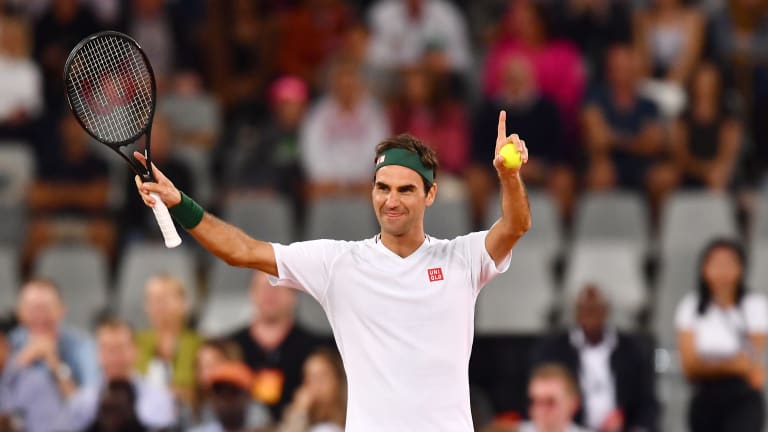
The 2/21: Winners, Losers and Takeaways from the 2021 Australian Open
© Gallo Images
Advertising
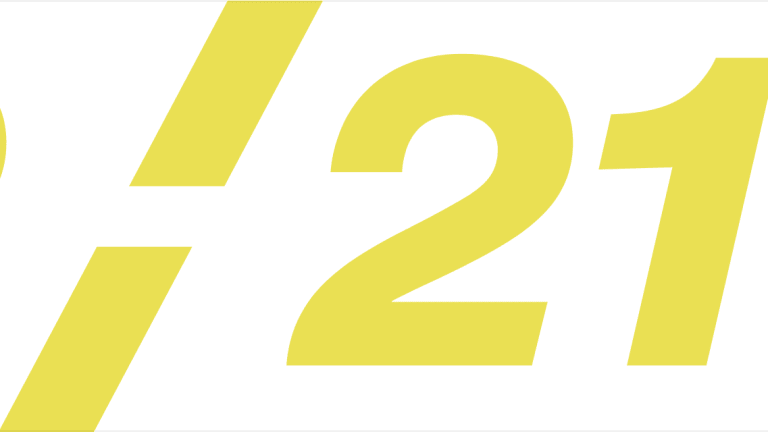
The 2/21: Winners, Losers and Takeaways from the 2021 Australian Open